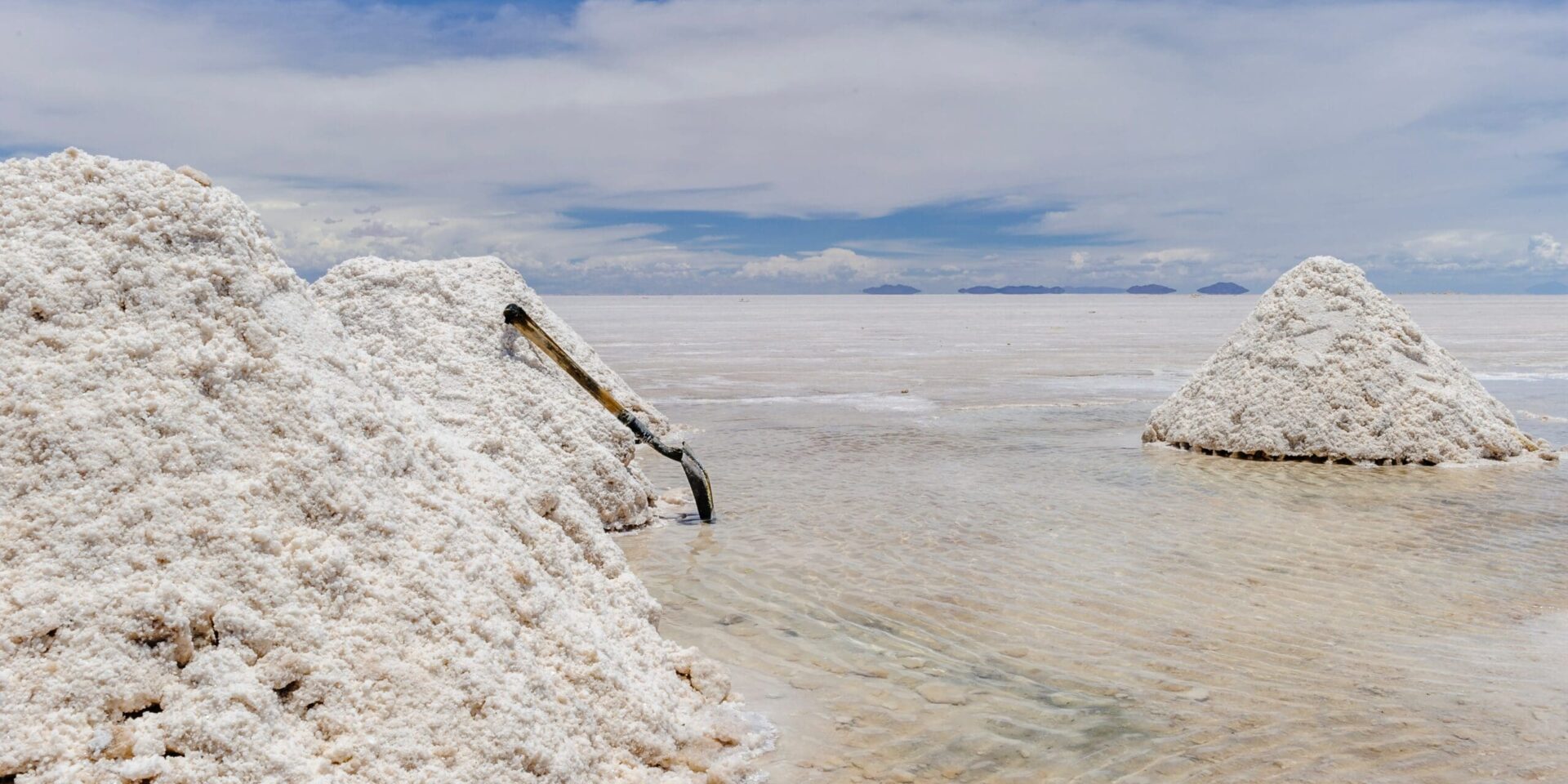It is a commonly known truth in ancient Near Eastern studies that salt was an important staple of everyday life. Salt enhances the flavour of food increasing the enjoyment of the meal, and it had many other practical uses. Salt enabled the preservation of fish and other meats as well as fruits and vegetables (like olives), making it an invaluable tool of survival. It was used in the production of cheese, in the processing of leather, glazing of bricks and ceramics, textile dyeing, medicine, and cosmetics.
Salt had religious significance including as an important addition to the sacrificial offerings of Israel (Numbers 18:19, for example). It was also used as an offensive weapon in warfare: After a conquering army had taken territory or destroyed a city, if they wanted to really drive home the destruction, they would sow the city and surrounding fields with salt. Symbolically, this preserved its destruction (as a wasteland), physically it made the fields inhospitable to crops making rebuilding an unlikely or at least a difficult affair. Because of all these uses, salt was a prized commodity, and the fact that it is long lasting and easy to store accounts for its famous use as payment to soldiers in the Roman period.
In Biblical Israel, it has recently been proven that salt production and harvesting happened along Israel’s Northern Mediterranean coast, and not just in the more obvious Dead Sea region. There were several steps and environmental factors needed to harvest sea salt. First the source of the salt, in this case the Mediterranean Sea, watertight evaporating pans for the water to settle and evaporate in leaving behind the crystallized salt, and weather that was hot and dry for long enough to facilitate large scale evaporation.
“It is a covenant of salt forever before the Lord for you and for your offspring with you.”
Numbers 18:19
Today, the visible remains of 28 ancient salt works have been explored. They consist of rock cut channels, wells, and large evaporating pans and are located around modern Haifa. Due to their reuse throughout the ages, it is impossible to know for sure how old they are. Although researchers are confident that they were in use from at least the 2nd Century BC to the 13th Century AD.
To harvest salt from the sea, water first has to be collected. This was done in a few ways depending on the topography of the seashore. A lifting slope could be carved in a rocky shoreline, or a channel could be cut or created that would utilize wave energy to move the water into towards the pan or a well. If the water was collected in a well it would need to be lifted out and directed to the evaporating pan which itself was a large shallow pool either naturally occurring or carved in the ground and lined to make it watertight.
Animals with a bucket and pulley system or a chain and bucket system were often used to lift sea water out of the wells and into the conveying channels. Once in the evaporating pans the sea water was left to evaporate. The salt would then be harvested by hand, stacked in piles, and then collected for distribution, often by ships.

Corie Bobechko is a daily co-host, speaker, and writer of Bible Discovery. She also hosts a YouTube channel that shows how history and archaeology prove the Bible. Her heart for seekers and skeptics has led her to seek truth and share it with others. Corie also has a Bachelor of Theology from Canada Christian College.






